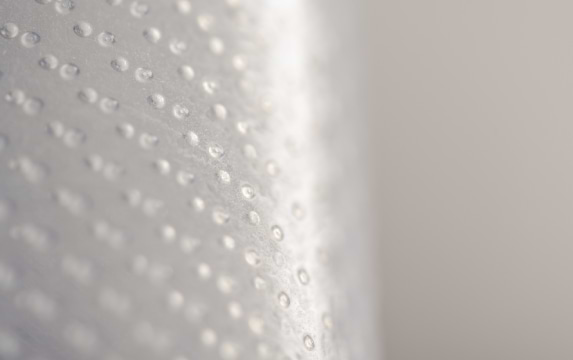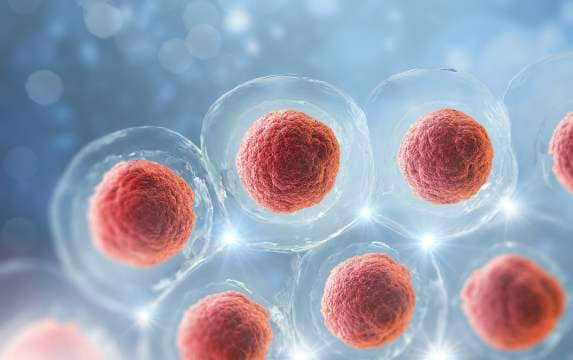Everything You Need to Know About the Connection Between Age and Erectile Dysfunction
If you are wondering until what age men get erections, you have reached the right place.
As we all know, time takes its toll and it does not spare sexual function. This means that there are certain changes that a man might experience in erectile and sexual function throughout the various phases of the aging process.
However, for most healthy adults, pleasure and interest in sex do not always diminish with age, and it can be generally said that a healthy man with good blood flow and reasonably elastic erectile tissues will be able to have erections that are firm enough for intercourse throughout his entire life.
But is there a difference in erections at 20 and 70?
The answer is: yes, there is – here is a short review:
Before Puberty
Erections during childhood, before reaching puberty, are very common because an erection is a neuro-vascular phenomenon (i.e., it’s related to the involuntary nervous system and the function of blood vessels) which can be psychogenic, reflexive or nocturnal in nature:
- Reflexive erections – caused by mechanical stimulation (by touch) of the penis, which causes the transmission of nerve signals and to an
erection through a reflex mechanism. - Nocturnal erections – occur during deep REM sleep (i.e., during the dreaming phase).
- Psychogenic erections – caused by audio-visual stimuli or fantasy.
Usually during childhood, erections tend to be nocturnal or reflexive.
The 20s
From puberty until the 20s libido is prodigious, and therefore very little stimulation is necessary to achieve an erection. You may even get spontaneous, unwanted erections in awkward situations. However, during this period, when erections are easy to achieve, premature ejaculation is more likely.
The mid-20s (around the age of 25) represents the beginning of a slow transition period – from a phase of growth and development to a phase of stability and, thereafter, the slow gradual commencement of primary aging processes. It is a process during which multi-system changes gradually occur throughout the years, affecting various bodily functions, including sexual function (as further discussed below).
The 30s
Usually, the sex drive remains very vigorous, but it is not quite as all consuming as in the twenties. Though quality erections are still achievable, they may not occur as often and spontaneously as in the previous decade.
The 40s
After the age of 40, the changes in sexual function become more obvious. Usually, good quality erections are still achievable, though more physical stimulation will probably be required in comparison to the previous years.
The 50s
Sexual intercourse is still very important, although due to the slow and gradual decrease in testosterone levels (1% annually), sexual desire might diminish along with a reduction in the number of nocturnal and morning erections.
The 60s
The decrease in testosterone levels has plummeted over the decades and might lead to a diminished sex drive. Certain medical conditions are becoming quite common, while vascular diseases (hypertension or coronary heart disease) as well as diabetes, benign prostate enlargement with resulting urinary problems, are quite prevalent. These medical conditions undermine the erectile mechanism and the prevalence of erectile dysfunction during these years increases. Nevertheless, it can be said that erections are still obtainable with some “coaxing” during this decade, though their quality is not always satisfactory.
The 70s
After the age of 70, the quality of erections drops noticeably and spontaneous erections tend to be a rare occurrence.
Age and the Increase in the Risk of Erectile Dysfunction
In addition to the aforementioned, and particularly due to the accumulation of underlying medical conditions, we witness today healthy men complaining about an age-dependent reduction in erectile function. Furthermore, the incidence of erectile dysfunction (ED) is higher in older men, implying that an increasing prevalence of ED is related to the “normal” aging process, although ED can occur at any age.
It is estimated that the number of men with varying degrees of ED will be about 322 million in 2025, mainly due to aging populations.
Different epidemiologic studies have indicated that aging is an independent predictor of ED, irrespective of concomitant disease states. Clinical studies in aging men likewise revealed a decline in erectile function, erection hardness and sexual satisfaction compared to younger men, irrespective of a demonstrable disease state. For example, it was found that 5.1% of men in their 20s and 30s suffer from ED compared to 70.2% of men in their 70s.
Additionally, it was found the incidence and severity of ED increased threefold during 40–70 years of age, and the incidence of severe ED increased from 2.7% among men in their 20s to 38.6% in their 60s and 46% in those aged 70 years and above.
Why Does it Happen?
As mentioned, turning 25 represents the transition from a phase of growth and development to a phase of stability, followed by a slow gradual process of aging, which encompasses multi-system changes that affect sexual function.
The following changes are the main ones:
The collagen connection
collagen is a protein constituting one of the major building blocks in the body, responsible for the firmness and elasticity of tissues such as the skin and connective tissue (bones, muscles, tendons, ligaments, cartilage, etc.). Collagen fibers are also found in the penile erectile tissues, as they require structural strength for holding a large amount of blood during an erection. However, as of the age of 25, collagen synthesis decreases by 2-3% annually, while the existing collagen fibers in tissues go through natural degradation processes. In the penis, this leads to reduced tissue strength and elasticity and the inability of the erectile bodies to hold a large amount of blood during sexual arousal. Consequently, blood leakage from the erectile bodies results in weaker or shorter erections, leading to erectile dysfunction. Collagen degradation in the erectile tissue (the tunica albuginea) is one of the common reasons for erectile dysfunction in men aged 40 and above.
For further reading about the novel medical device for the renewal of penile collagen fibers using RF technology – press here »
Decrease in testosterone levels
Apart from its role in promoting sexual desire, testosterone has a central role in regulating the proper function of blood vessels, nerves and connective tissue in the erectile bodies. The decrease in testosterone during the aging process (hypogonadism) is characterized by loss of libido, ED and other general symptoms such as loss of vitality, loss of muscle mass, depression and poor concentration. Studies show that the decline in testosterone starts approximately at the age of 30 and gradually
continues, with possible ED alongside. A physician may recommend initiating testosterone therapy in the case of ED due to testosterone deficiency.
Oxidative Stress
Studies show that age-related ED is also associated with increased oxidative stress in the tissues. Oxidative stress is a condition in which high levels of free radicals (unstable molecules) cause tissue damage, including to the lining of penile blood vessels. As a result, their ability to expand to allow increased blood flow during erections is undermined. With time, oxidative stress can cause penile scar tissue formation and damage the erectile mechanism.
Age-related diseases
Many chronic diseases and health problems can contribute to ED, including high blood pressure, cardiovascular disease, high blood lipids, chronic kidney disease, benign prostate enlargement, depression and more. The risk of developing these conditions increases with age. Additionally, taking chronic medications becomes more common as we age, and some of these medications may affect libido and sexual function as a side effect.
In conclusion, there is no specific age at which men stop getting hard. However, regardless of your age or any underlying medical circumstances that may lead to ED, there are almost always very effective treatments and even lifestyle changes can help significantly.
For further reading about all the treatments for erectile dysfunction »
The Company hereby clarifies that the information contained on the website is for informational purposes only, and is not intended to be a substitute for professional medical and healthcare advice, and does not constitute medical advice or opinion. Always seek the advice of your physician or other qualified health provider with any medical condition or question you may have regarding a medical condition.





